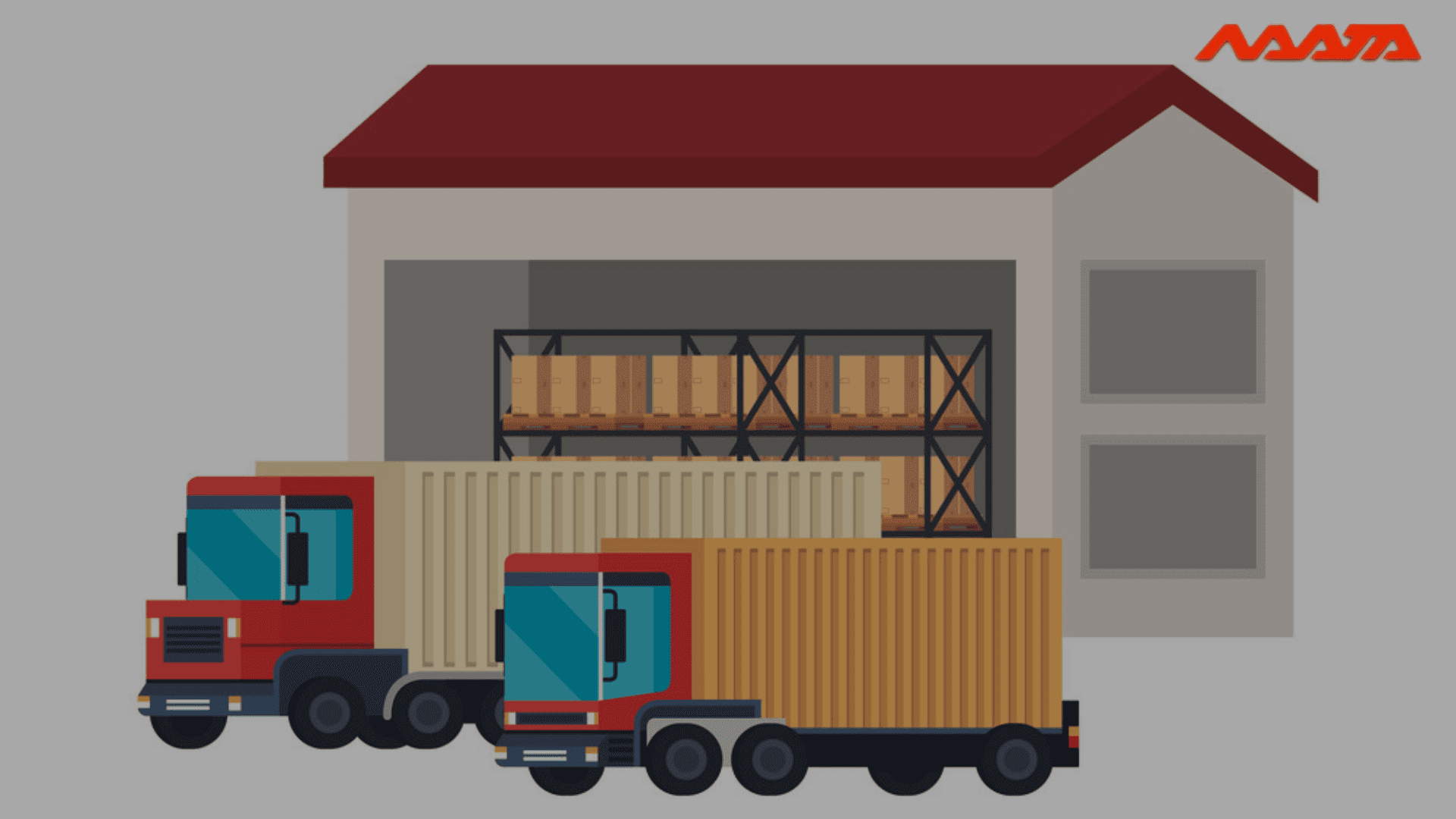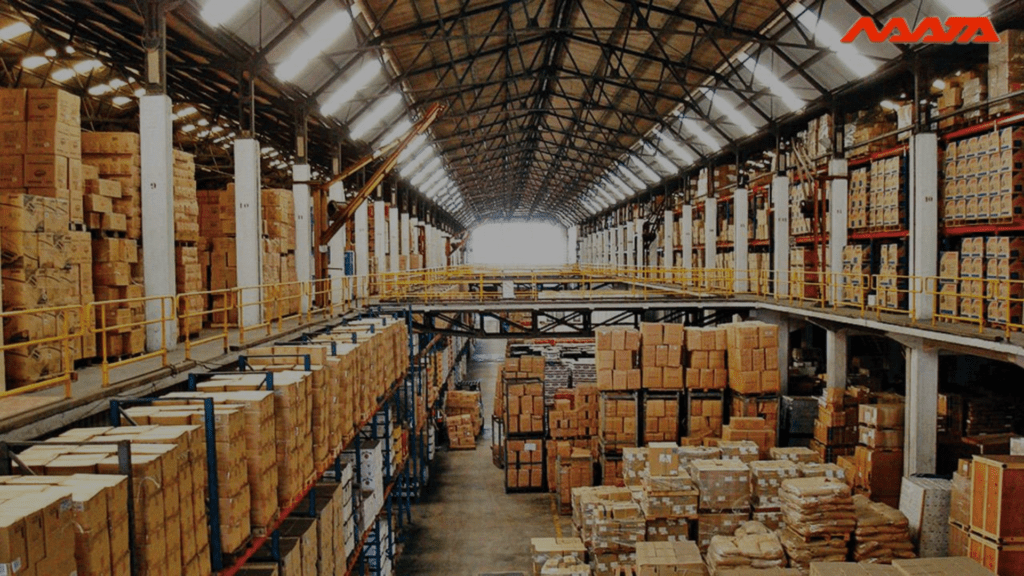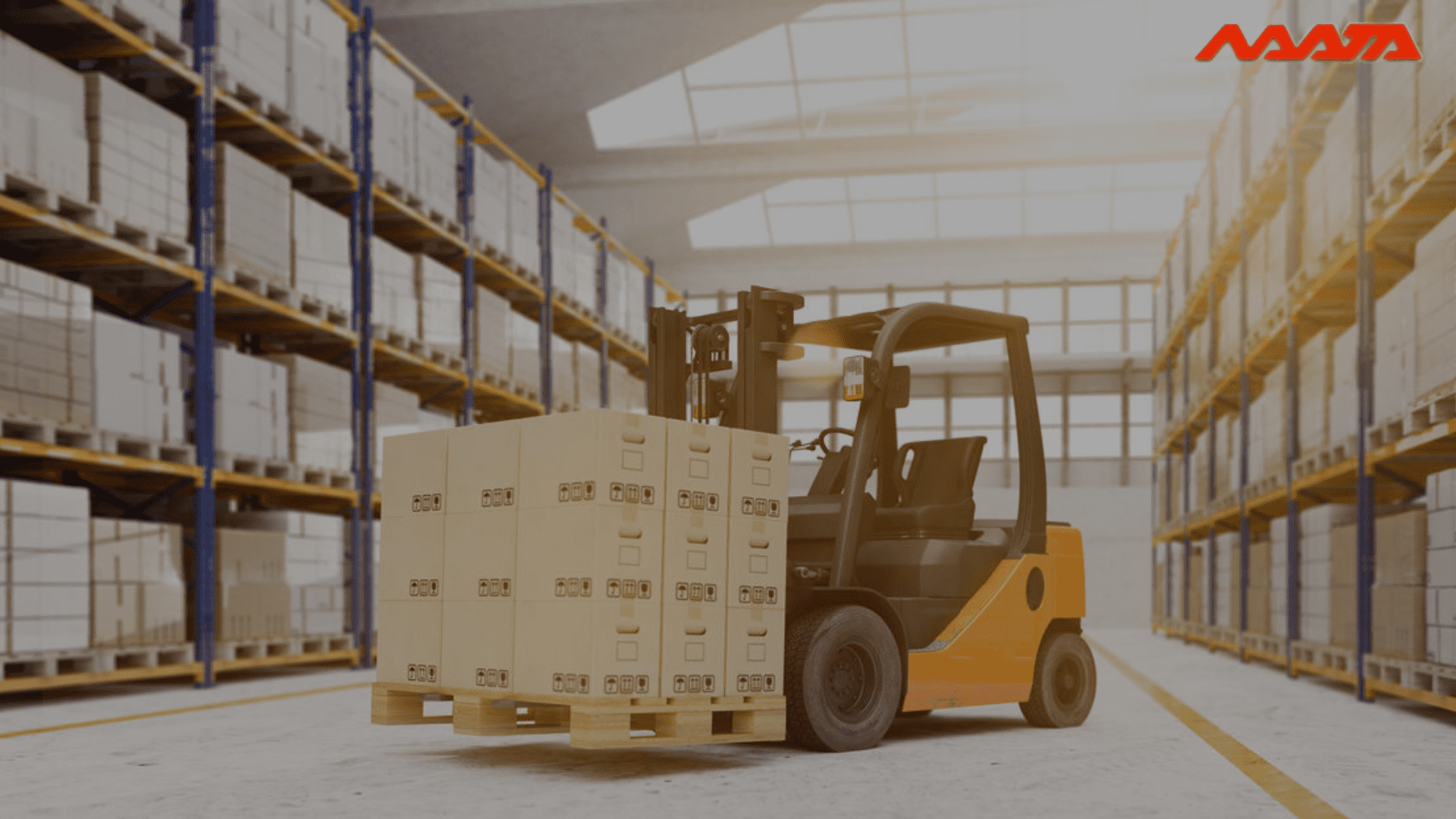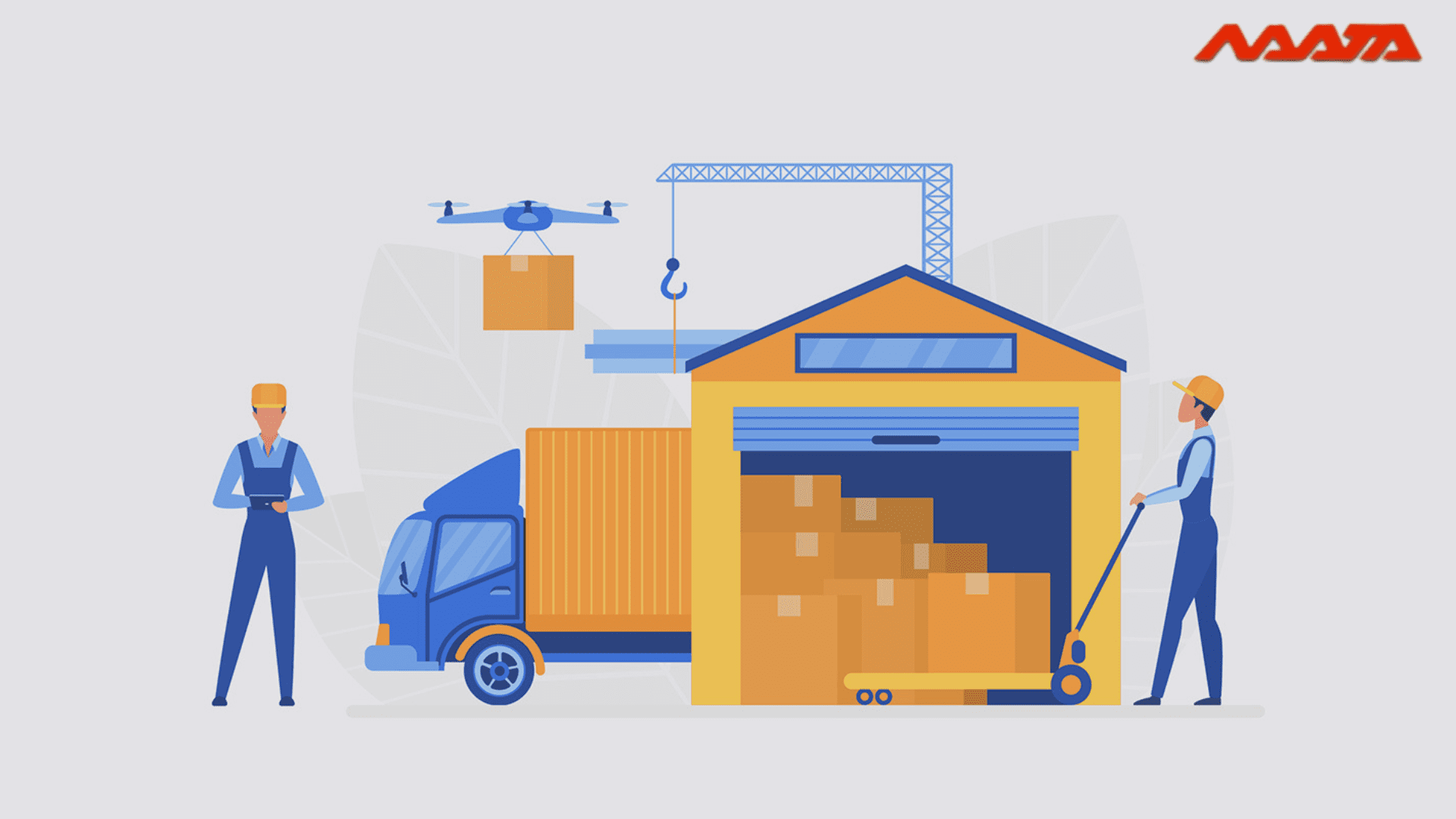Safe and Efficient Warehousing in Logistics, 2023
Table of Contents
Warehousing In Logistics
The warehouse is a key part of logistics management, the importance of which far transcends that of a mere storage unit. Warehouse management also holds importance in the panning out of the supply chain. Although warehouses are simply viewed by many as a simple facility where goods are store till they are ready to transport or delivered, proper management of a warehousing in logistics can have a great impact on the success of a business and goodwill between the business and its customers.
Warehousing is a very important part of the logistics management system. It provides storage for the finished goods and also includes packing and shipping of the order. Efficient warehousing provides an important economic benefit to the business as well as the customers.

Gigantic Influences of Warehousing In Logistics
Strengthening the supply chains and warehouses is a constant endeavor of all manufacturers. However, while paying a close attention to speed and accuracy, quite often warehouse safety, and its importance for a good facility, is overlooked.Unforeseen accidents can create significant delays and cost overruns that can hurt and cripple a business, and cause a higher proportion of damage than the business profitability. For the protection of all life and property, people and products, it is imperative to invest in the safety of warehouse and make a safe warehouse the top priority.
In the absence of proper planning and precautions, risk and dangers to workers becomes an inherent hazard, even in the most modern and high tech warehouse. It is true that technology and innovation have provided safety improvements, efficiencies and other benefits in warehouse of today.
However, it cannot be ruled out that any environment containing heavy equipment and inventory, numerous moving parts, with people and machinery executing a multitude of functions, does pose a great danger of unforeseen accidents and risks, caused over even a minor error.
Hence, it is understood that warehouse safety is the number one priority for any business and is an integral part of the Inventory management. A well-managed warehouse provides and takes into consideration all safety measures with regard to equipment, employees and inventory, neglecting nothing.
An unsafe warehouse or storage facility will lead to immense damage to the infrastructure and, in the long run it will lead to an innumerable number of costly repairs and downtime. And this fact cannot be neglected or overlooked.
You Might Also Like To Read: 6 Key Benefits of 3PL Warehousing
Here is a list of the importance of warehousing in logistic system:
1. Inventory control
By having a warehouse, it is much easier for businesses to manage a large amount of inventory. Warehouses can help when a company needs to match supply with demand in a fast-changing environment.
2. Centralization Of Goods
Since all the goods are stored in a central location, it becomes easier to receive, store and distribute the products. Thus reducing the transportation costs of a business. The warehouse personnel are responsible to identify, sort and dispatch the goods as soon as the shipment arrives.
3. For economic reasons
Because of their efficient operations, warehouses offer many economic benefits to businesses, which is a key reason to invest in one.
Costs such as transportation, outbound delivery and shipping are massively reduced with a warehouse. Also, by building up products in a warehouse, as mentioned above, you have a buffer in the supply and demand of these goods, which can only be a good thing for the profit of your business.
4. Social Benefit
A warehouse also serves a wide range of social benefits to the clients, it helps them keep a safety stocking for the time of emergency, such as delay in the transportation and shipment having defective goods etc.
5.Cross- docking:
It is a process of moving the goods directly from receiving the shipping with little or no inventory. It is a way to move the products more efficiently and effectively.

Invulnerable Warehousing System
Some important safety measures of warehousing in logistics that should always be kept in mind –
- Proper know-how of handling hazardous material is imperative. Workers should never be allowed to operate equipment or handle hazardous material without proper training. This is a value training that needs to be reinforced constantly, not just in the start of a hire’s induction into the Safety signs and instructions put up around the workplace, coupled with accessible training seminars boosts a facility’s warehouse safety.
- Added to the training and the necessary education, it is also essential to ensure that the workers have proper safety gear hard hats, ear plugs and goggles, and they conscientiously use it without fail. The proper fitting of the safety gear for the workers is important. Ill-fitting gear is as good as no.
- Another important aspect of Warehouse and inventory management is the responsibility of employers to keep up with regularly scheduled inspections and maintenance of the equipment. These systematic checks are targeted to catch problems before the error turns into a malfunction that creates unsafe working conditions.
- Precaution is better than cure, says the adage. The preventive maintenance methodology is an industry standard for most organizations. This not only benefits the employees from the perspective of safety, but also generates maintenance savings and brings about overall performance.

Warehouse Safety - A Guide-Map of Safe warehousing in logistics
The relevance of Warehouse Safety is undeniable. Here is a A Guide-Map of Safe warehousing in logistics to guide you through all safety aspects of a Safe and Efficient Warehousing in logistics.
Unforeseen accidents, minor slips of precaution in warehouses result in innumerable deaths and injuries. Here are some important tips that are a guide to a safe warehouse management.
- Hazardous material and equipment must always be handled by trained workers.
- Always stay alert while moving through warehouse, specially around equipment and at intersections.
- Safety gear is a must inside a warehouse, and must be worn at all times.
- All equipment, products and entry and exit points and should be clearly marked and labelled.
- Guardrails and anti-slip tapes and other accident proof installations are imperative in a warehouse.
- Overloading of equipment should be prohibited as it can lead to an accident due to equipment failure.
- Install a lock-out or tag-out system in faulty equipment to prevent or limit access to it.
- A proper, up-to-date first aid kit and sanitary equipment like hand-wash, eye-wash etc. must be stocked and be made available to workers immediately.
- The stacking of products must be balanced and done evenly, with care to not overload.
- All warehouse equipment and systems should be regularly inspected, checked, repaired, and upgraded without negligence.
Accidents create a weak link in the supply chain. Follow the Safe Warehouse Guide- Map for efficient Warehouse and Inventory Management
You Might Also Like To Read:

Thanks For Reading: Safe and Efficient Warehousing in Logistics, 2023
Powered By 360Presence




